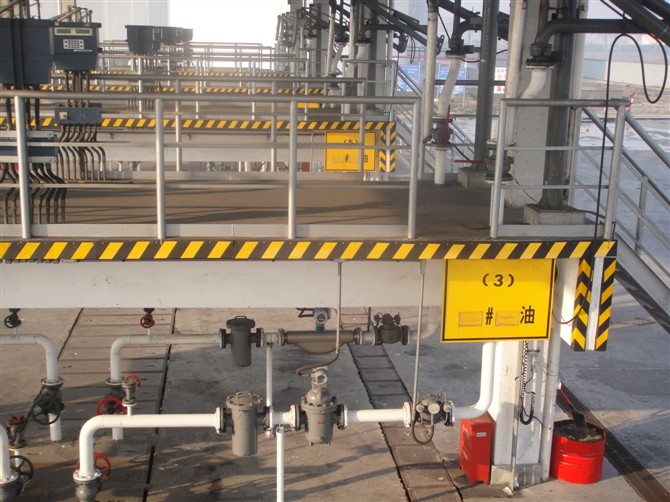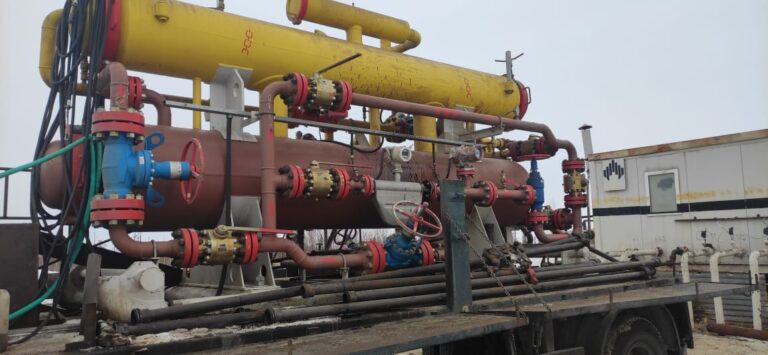Instrumentation operation and maintenance (O&M) workloads depend on several critical factors. Among them, instrument selection and installation practices play a vital role in the overall O&M effort required. This article will explore these two key elements in detail, expanding on how each influences long-term maintenance and reliability.

1. Instrumentation Selection
Instrumentation selection is typically guided by the design institute, with users required to verify each component. The process of choosing the right instruments should be based on a holistic consideration of usability, reliability, cost-effectiveness, and ease of operation. Below are the main considerations for instrumentation selection:
Process Conditions: Instruments should be chosen based on process parameters like temperature, pressure, flow rate, medium density, viscosity, corrosion potential, toxicity, cleanliness, conductivity, and dielectric constant. These factors determine the measurement range and accuracy requirements for each instrument. Control valves, for example, must be selected based on the safety requirements of the process, with the appropriate fail-open (FO) or fail-closed (FC) type being specified accordingly.
Safety in Explosive Environments: In hazardous environments, instruments must meet the appropriate explosion-proof requirements for the environment they will operate in. The classification and rating of explosion-proof instruments are critical.
On-Site Conditions: The choice between integrated or split-type instruments is largely determined by on-site installation conditions.
Economic and Standardization Considerations: Instruments should not only meet the process and environmental requirements but also be stable, reliable, and simple to operate. Cost-effective, energy-saving options such as vortex or electromagnetic flow meters should be preferred. Critical equipment or instruments operating under special conditions should ideally be sourced from leading international brands.
Reducing Maintenance Complexity: To ease future maintenance and management, it is recommended to standardize on a series of instruments with the same specifications and models. Minimizing the number of manufacturers used can prevent creating a “hodgepodge” of devices, which can increase the complexity of spare parts management.

2. Instrumentation Installation
Proper installation is crucial to ensuring long-term operational reliability and minimizing future maintenance needs. However, poor installation practices are common and often result in future maintenance challenges. The two major concerns during instrumentation installation are waterproofing and explosion protection.
Waterproofing Issues: One of the most common installation problems arises from poor piping practices. For instance, improper conduit routing, such as drilling from the bottom of the cable tray or failing to include water-tight bends or drainage points, often leads to water ingress, which can severely damage the instruments.
Explosion Protection: In explosion-proof environments, improper handling of seal rings during cable installation—such as cutting the ring to fit it around a cable or even removing it entirely—can negate the explosion-proof capabilities of the equipment.
During installation, it is also important to leave adequate space for maintenance. Additionally, for instruments requiring straight pipe segments (e.g., flow meters), these installation requirements must be met to ensure accurate readings. If instruments are sensitive to flow direction, installers must ensure the correct alignment with the flow direction of the process pipes.

Additional Considerations for Long-Term Maintenance
From a long-term operational perspective, the quality of cable trays and instrument cables is extremely important. Rusting cable trays, for example, are difficult to replace once they begin to degrade. Likewise, issues with instrumentation cables are among the most troublesome maintenance challenges, as those working in O&M can attest.
To avoid these problems, two recommendations are made:
- Use High-Quality Cables: Ensure that the cables used are from reliable, high-quality brands.
- Careful Handling During Installation: Rough handling during installation, such as excessive pulling or bending, can cause internal damage to the cables, leading to future failures.

Recommendations for Spare Wires
A recommended practice for managing spare wires is to connect all spare wire cores in the control cabinet to terminal blocks and clearly label the location of the spare wires. This makes it much easier to locate and connect them in the future, simplifying troubleshooting and repairs.
By focusing on these key factors—proper instrument selection, correct installation practices, and meticulous handling of wiring and cabling—you can significantly reduce the workload of long-term operation and maintenance, ensuring that the instruments perform reliably over time.
